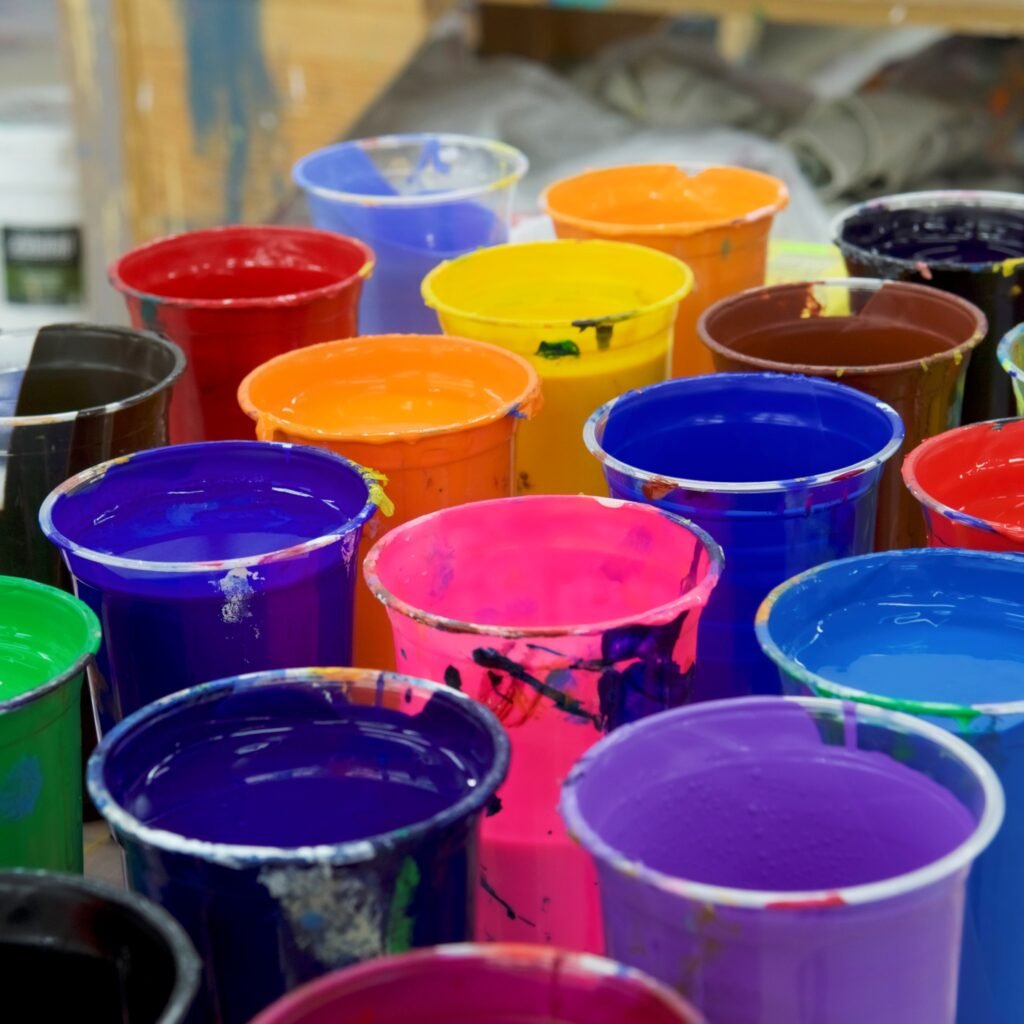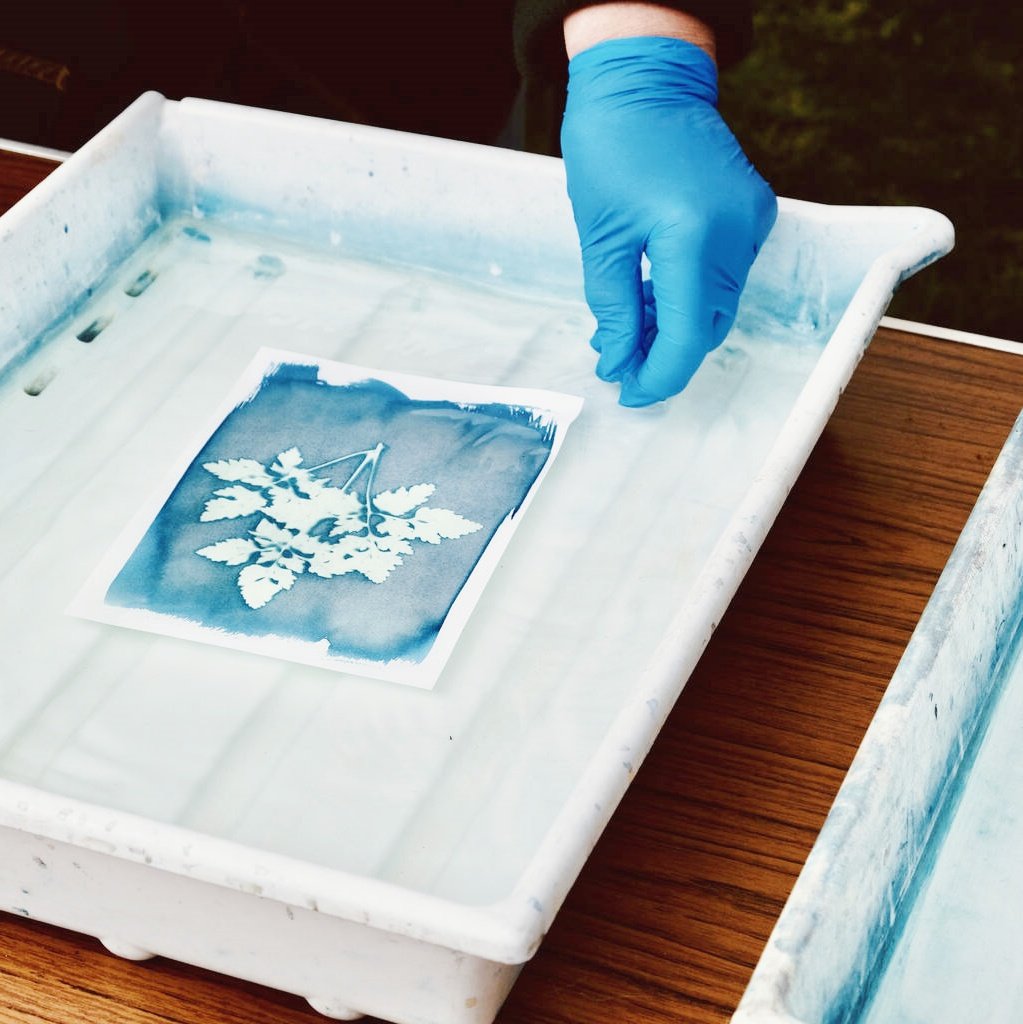目次
さまざまな業界でプラスチゾルインクを使用するための包括的なガイド
プラスチゾルインク is a special type of ink used for printing on fabrics, plastic, and more. It is made from PVC樹脂 そして 可塑剤 (oily liquids). This ink is thick, durable, and works well on dark colors. Let’s explore how it’s used in different industries!
1. プラスチゾルインクとは何ですか?
プラスチゾルインク is not water-based. It stays wet until heated. When heated to 320°F~330°F, it melts and sticks to materials.
Key Properties:
- 不透明度: Covers dark fabrics easily.
- 耐久性: Survives washing and weather.
- コスト効率が高い: Cheaper than other inks for big jobs.
Why People Love It:
- Brighter colors than water-based inks.
- Easy to use for beginners.
- Works on cotton, polyester, and plastic.
2. Industries That Use Plastisol Ink
A. Textile & Apparel Industry
プラスチゾルインク is used on 75% of screen-printed clothes (like t-shirts).
メリット:
- Stretches without cracking.
- Stays bright after 50回以上の洗濯.
- Perfect for dark fabrics.
例: 次のようなブランド ギルダン use plastisol for 90% of their graphic tees.
Challenge: Not breathable. For eco-friendly options, try Oeko-Tex certified inks.

B. Automotive & Manufacturing
プラスチゾルインク prints labels on car dashboards and wires.
メリット:
- Heat-resistant: Reduces fading by 40%.
- Sticks to plastic and synthetic materials.
ケーススタディ: ユニオンインク makes fire-safe ink for car interiors (meets FMVSS 302 standards).
C. Promotional Products & Signage
プラスチゾルインク prints on mugs, bags, and outdoor signs.
メリット:
- 耐候性: Used on 60% of PVC banners.
- Fast to print with 熱伝達.
例: Siser’s heat-transfer ink speeds production by 30%.
D. Industrial Coatings & Safety Gear
プラスチゾルインク adds grip to floors and prints on safety vests.
メリット:
- Anti-slip: Cuts workplace accidents by 25%.
- 会う OSHA safety rules.
例: Magnolia Plastics coats floors in 10,000+ factories.
E. Emerging Uses
- 3Dプリント car parts (saves 50% on prototyping).
- Medical gowns with 99.9% germ protection (tested by Johns Hopkins).
3. How to Use Plastisol Ink: Step-by-Step Guide
A. Pre-Print Preparation
- Choose Your Material: Works best on polyester or cotton blends.
- Set Up the Screen: 使用 110–160 mesh screen.
B. Printing Techniques
- レイヤー: Add ink multiple times for a raised feel.
- Underbase: Print white first on dark fabrics.
- 特撮: Mix in パフ または メタリック additives.
C. Curing Best Practices
- Temperature: Heat to 320°F~330°F のために 60~90秒.
- Tools: 使用 コンベア乾燥機 (のように 氏) or heat press.
- Test: 使用 thermometer to avoid under-curing.
D. Post-Print Quality Checks
- Stretch Test: Pull the fabric to check for cracks.
- Wash Test: Soap and scrub to test colorfastness.

4. Fixing Common Problems
| 問題 | 解決 |
|---|---|
| Ink cracks | Adjust curing time; pre-treat fabric. |
| 色が褪せて見える | Use more ink or a lower mesh screen. |
| インクがにじむ | Thin the ink; press softer. |
5. Eco-Friendly & Safe Options
フタル酸エステルフリーのプラスチゾル (のように Wilflex Epic™) is 200% more popular 2020年から。
Safety Tips:
- フォローする OSHA rules for handling.
- Recycle 30% of waste with solvent-free cleanup.
6. Future Trends
- Plant-based inks (のように Dow’s EcoFast™).
- ハイブリッドインク (mix plastisol + water-based).
- Robots for faster printing (コルニットデジタル).
7. Conclusion
プラスチゾルインク is versatile, durable, and great for big projects. Work with trusted suppliers like ラトランド または インターナショナルコーティング for the best results!
よくあるご質問
プラスチゾルインクは防水ですか?
Yes, if cured fully.
Can I use it on nylon?
Yes, but pre-treat the fabric first.
どれくらい持続しますか?
6–12 months if stored in a cool place.



